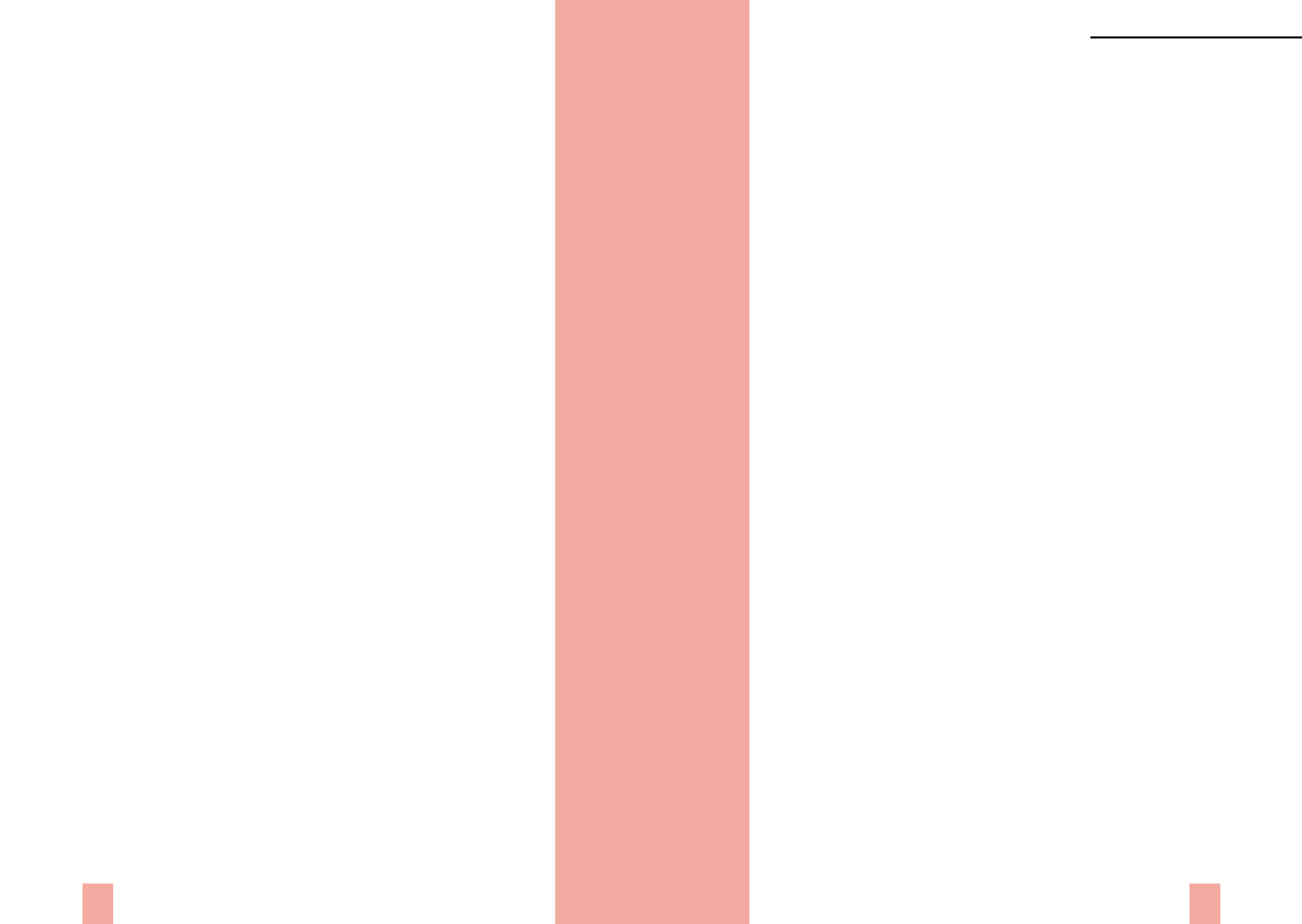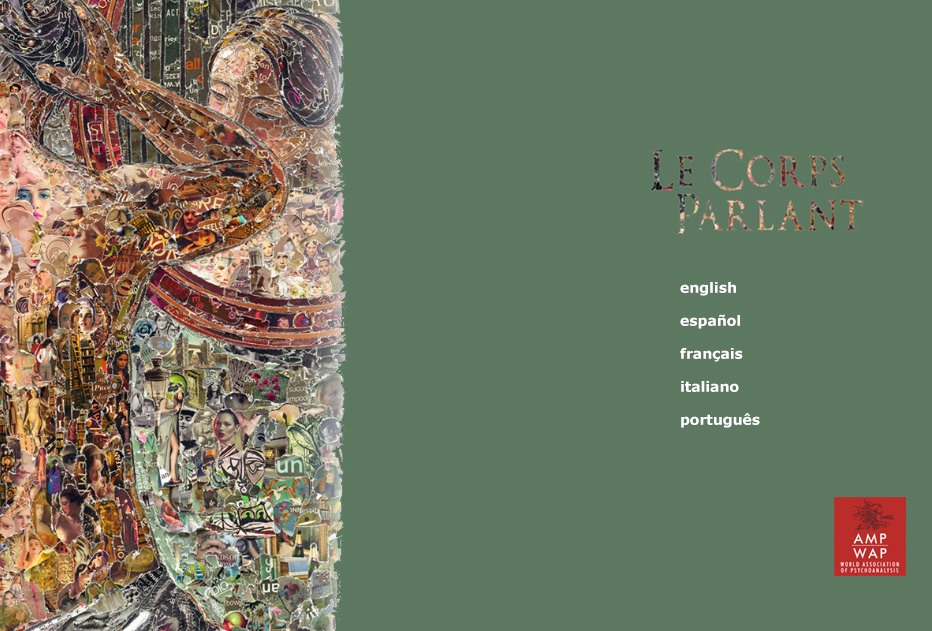

THE SPEAKING BODY
Xth Congress of the WAP,
Rio de Janeiro 2016
501
500
“Spare Parts” (2004). Trans.: A. Price [PN 27, 2013]
“The Seminar
Le sinthome
demonstrates an astonishing tenacity in proving that
there is more than one form that corresponds to the same structure. And Lacan
multiplies, as though it were quite futile, the various ways in which the same
threefold Borromean knot can appear. We see them here and there, taking on
these various shapes that merely offer a commentary on one self–same structure.
It is a kind of pedagogy, if you will, an arduous training of the eye, the same
eye that turned the body (and precisely by means of abstraction) into a sphere,
the sphere being ‘good form’
par excellence
. Here, the eye is led to a different
abstraction, the abstraction of these three rings of string so curiously tied
together, inseparably, which are said to make of man a trinitarian composite of
symbolic, imaginary and real, if indeed this could hold firm on its own. This
is what Lacan sometimes says, but he also says that it requires the symptom as
well. And then in the end he says that it
always
requires the symptom, i.e. an
invention so that this will hold together.”
p. 95
“What is the difference between the sinthome and the symptom? The
sinthome designates precisely that which in the symptom is resistant to the
unconscious, that which in the symptom does not represent the subject, that
which in symptom does not lend itself to any meaning-effect that would yield a
revelation.”
p. 113
“Neurotics expect to be liberated from their symptom, precisely because they
don’t manage to turn into a sinthome.”
p. 116
“What gives us a sense if
lalangue
? This is what I should like to get to, to the
unreadable, to the point at which one does not know what is meant. It is on this
condition that one may have the sense of a juissance specific to the sinthome
that excludes meaning.”
p. 117
“Detached Pieces” (2005). Trans.: by B. P. Fulks, [LI 28, 2006]
“The dichotomy of the signifier and the letter allows us to confer to
sinthome
its exact place. The symptom (…) as Freudian symptom, is made of signifiers–
introducing a limit–which is the formation of the unconscious, while the
sinthome
, to say it prudently, is of the order of the letter, and less prudently, is a
letter (…) distinguishing two modes of symptom, in the old and new style: the
Freudian symptom and the Joycean symptom.”
p. 30
“Up until the moment when he explains the issue in
Television
, Lacan speaks of
the unconscious, of the symptom, as made of
jouis-sens
. (…) In this wordplay
on jouissance, divided into
joui
and
sens
, he showed the union of jouissance
and sense, but by separating them, he prepared the route at the same time. We
only have to go to the end of the text of
Joyce the Symptom I
: the symptom,
‘its opaque jouissance of excluding sense.’(…) One must try to distinguish
two jouissances here: transparent jouissance, the jouissance which is sense, the
jouissance of what makes sense, and opaque jouissance.”
p. 35
“One believes from this that there is a truth of jouissance which, moreover, is
knowledge. The unconscious rests there (…): jouissance has a truth and this
truth is a knowledge. We are well placed to know that it is a false knowledge
in the extent to which it is made of signifiers: it is a knowledge which is read–
what one calls the unconscious. In effect, in analysis, one is given the means
to interpret jouissance in terms of the signifier (…) to make jouissance pass
to accountability. This works (…) in theory with the dream, the lapse, the act
manqué
, with all the formations of the unconscious. There the ‘it is written’
passes to the ‘it speaks’, because the ‘it speaks’ is written behind the ‘it is
written’. It works also with the symptom, but only in the extent that one does
not take it for an ‘it speaks’.”
p. 36-37
“It is only when one has recuperated (…) on one side the symptom (…) which
is truth, that the definition of the
sinthome
(…) resounds: ‘The Symptom is an
event of the body.’ (…) One can even say, in order to be reassured, that where
jouissance was, the signifier must arrive, and that where the event of the body
was, the effect of truth must arrive.”
p. 37-38
“The Economics of Jouissance” (2009). Trans.: A. Alvarez [LI 38,
2011]
“The question is expressed in the formula which I propose: how are the body
and language conjoined to produce enjoyment? I can give an answer which
is not really one–for it is based on a concept of Lacan’s which has its own
complexity, even if you use it, if only because of the courses that I have devoted
to it: In order to produce
jouissance
, body and language are conjoined in the
sinthome
.
The
sinthome
carries the body, but the
sinthome
is an articulation. Actually, we
speak of the
sinthome
because there is no direct approach to
jouissance
, for this
brute, imaginary
jouissance
is always refracted by the
sinthome
.”
p. 41
“There is a reason why Lacan chose the term
sinthome
to qualify the relation
to
jouissance
–a modification, justified by etymology, of the word symptom.
Symptom is a term in Freud’s vocabulary which means many things. However,
from the various senses which it can take in Freud’s work, I will be isolating the
symptom as a substitution.”
p. 42
Jacques – Alain Miller



















